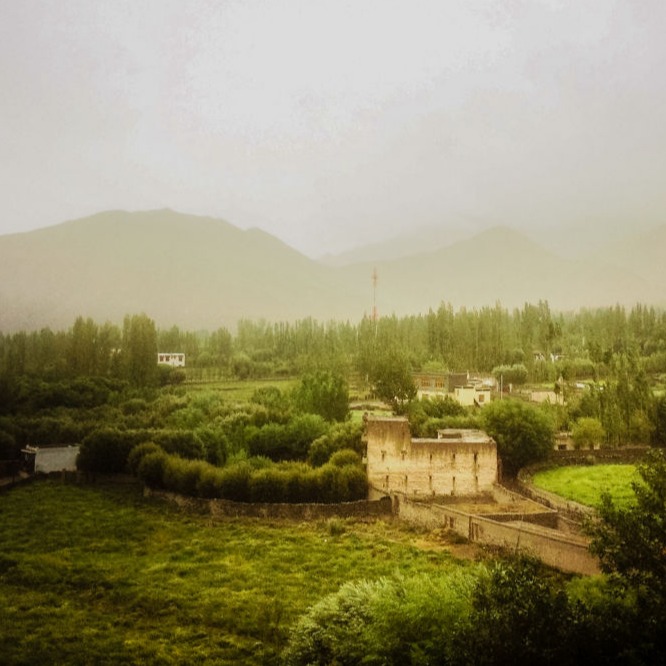
INDUS VALLEY
Is the central valley of the region, centred around the river Indus. The Indus Valley is a combination of arid and fertile, green fields and apricot orchards stand in stark contrast to the grey rock of the mountains and brown of the barren plains.

CHANGTHANG
The Changthang region is a part of the high altitude Tibetan Plateau with vast highlands dotted with emerald lakes like the famous Pangong Tso. From eastern Ladakh, Changthang stretches approximately 1,600 kilometres east into Tibet as far as modern Qinghai.

NUBRA VALLEY
South of Leh over the Khardung la pass (the worlds highest motorable road) snuggled between the Karakoram and the Ladakh ranges lies the valley of flowers Nubra. Nubra was an important connection on the erstwhile Silk route connecting Central Asia and Tibet on one hand Afghanistan on the other.

ZANSKAR VALLEY
Zanskar Valley is the most isolated of all the trans Himalayan Valleys, comprising of a tri-armed valley system lying between the Great Himalayan Range and the Zanskar mountain range with the Zanskar river bringing life.












